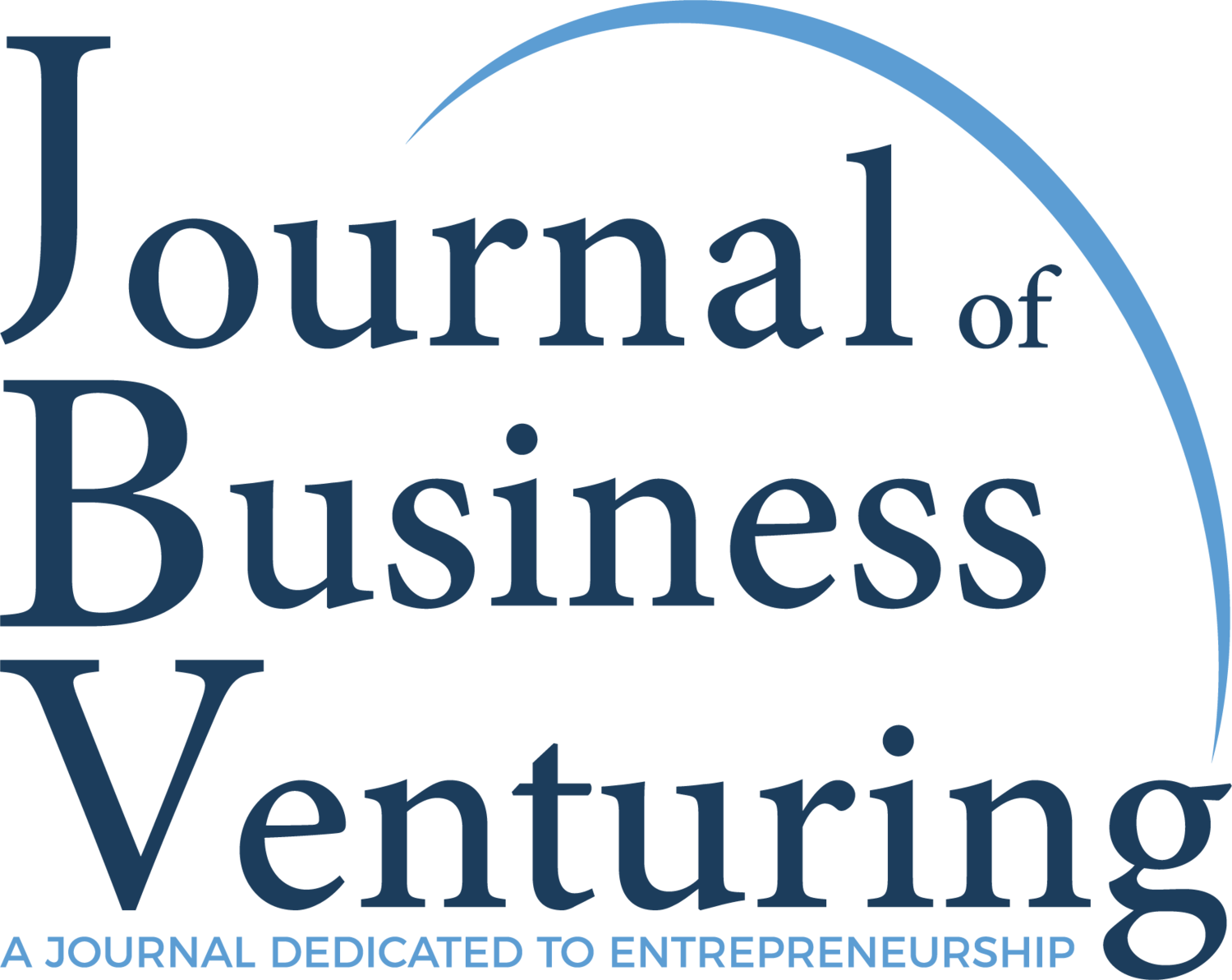Can you hear me now?
Research Paper Title:
“Can you hear me now? Engendering passion and preparedness perceptions with vocal expressions in crowdfunding pitches”
Authors:
Thomas Allison (Texas Christian University)
Benjamin Warnick (Washington State University)
Blakley Davis (Virginia Commonwealth University)
Melissa Cardon (University of Tennessee)
Background:
Being perceived as both passionate and prepared by investors is key when entrepreneurs seek funding. The authors know that what entrepreneurs say in their pitches is important, but what about how they say it? This study examines how tone of voice influences perceptions of passion and of preparedness. The authors predict and find that high-energy vocal expressions, whether positive or negative, increase perceived passion. They also predict and find that high-energy positive vocal expressions increase perceived passion but also reduce perceived preparedness, highlighting a trade-off. The authors find that contrary to the stereotype that passionate entrepreneurs are high-energy and positive, negative vocal expressions are common in crowdfunding pitches (59% in our sample), and high-energy, negative vocal expressions can be perceived as passionate. Such expressions are common when the entrepreneur discusses the problem they are trying to solve, for example. Modern funding, particularly crowdfunding, has increased the importance of how entrepreneurs speak, given the rise of pitch videos, which frequently use voiceovers. This paper shows that how entrepreneurs speak matters.
Methodology:
Sample: study 1 experiment - US mTurk participants with crowdfunding experience; study 2 Kickstarter
Sample Size: study 1 n = 311; study 2 n = 558
Analytical Approach: study 1 one-way between-subjects ANOVA; study 2 speech affect analysis and clustered robust path mediation models
Hypothesis:
When delivering a pitch, the valence-arousal congruence of entrepreneurs’ vocal expressions is positively related to potential funders’ perceptions of preparedness and, in turn, funding. [supported]
When delivering a pitch, the arousal of entrepreneurs’ vocal expressions - including those of positive valence and negative valence - is positively related to potential funders’ perceptions of passion and, in turn, funding. [supported]
The extent to which an entrepreneur is perceived to be both passionate and prepared is positively related to funding. [partial support]
Results:
1. In Study 1 and in Study 2, valence-arousal congruence was a significant predictor of perceived preparedness (study 2: B = 0.09, p < .001), which in turn is a significant predictor of funding (study 2: B = 0.36, p < .05), and the indirect effect is significant with 95% confidence intervals not overlapping zero (study 2: B = 0.03; CI = 0.003, 0.06).
2. In Study 1 and in Study 2, arousal is a significant predictor of perceived passion (study 2: B = 0.26, p < .001), which in turn is a significant predictor of funding (study 2: B = 0.38, p < .001); the indirect effect is significant with 95% confidence intervals not overlapping zero (study 2: B = 0.10; CI = 0.04, 0.15).
3. In Study 1, The authors found that perceived passion and perceived preparedness interacted significantly to influence funding outcomes, such that to the extent perceptions of both were present, funding increased, however, this relationship was not significant in Study 2 (study 2: B = -0.02, p = .735).
Conclusion:
Pitches are a common, critical, vocally delivered means of resource acquisition for early-stage ventures. The authors demonstrate that how entrepreneurs speak in these pitches may influence their ability to raise capital from potential funders. The researchers’ theoretical development and empirical results provide a more complete and nuanced view of how specific aspects of vocal expressions, including their valence, arousal, and valence-arousal congruence, influence potential funders’ perceptions of entrepreneurs’ preparedness and passion which, in turn, positively influence funding.


